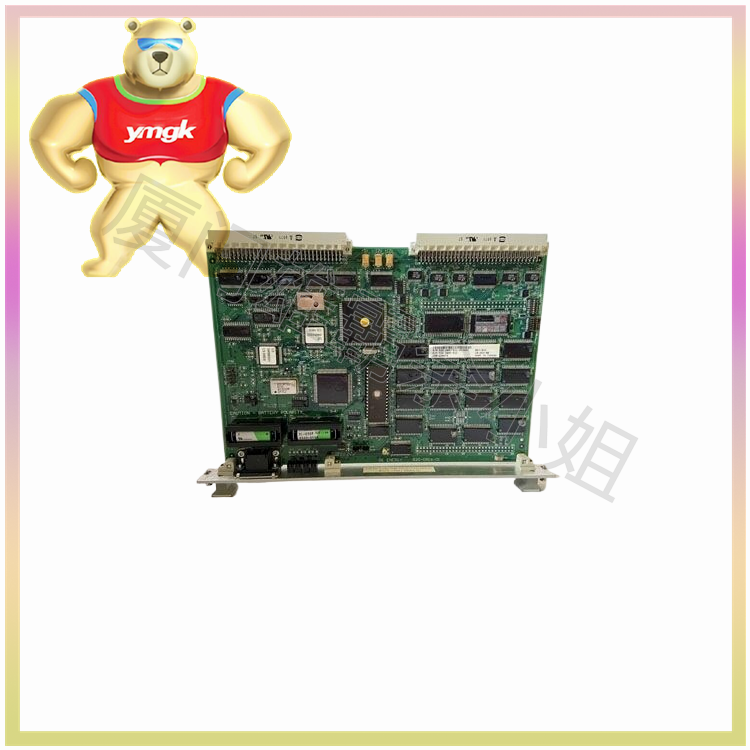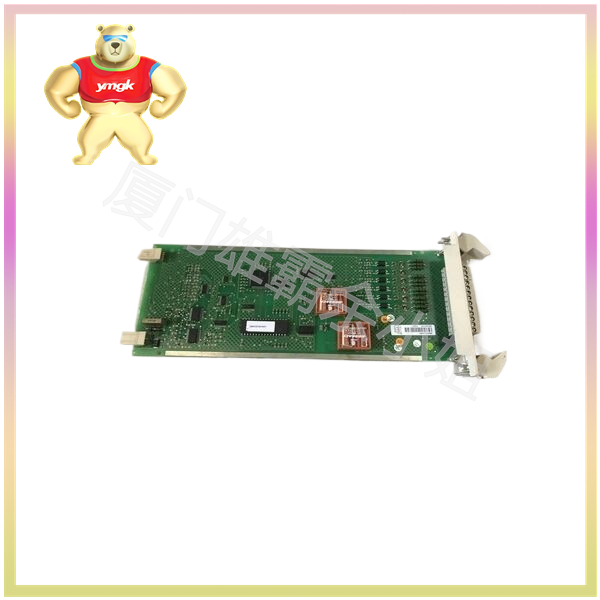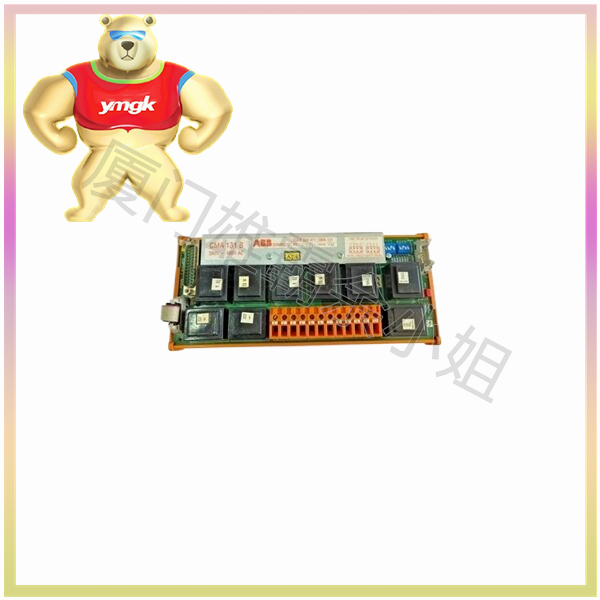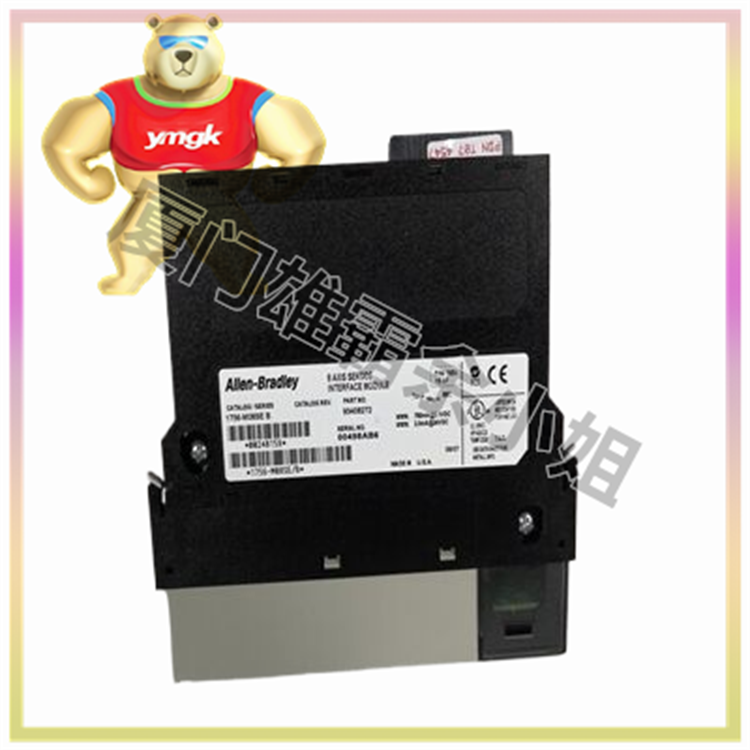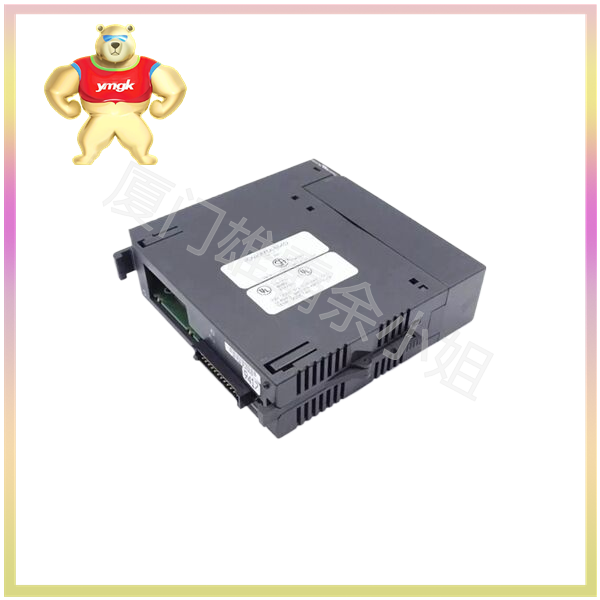A power module is a type of power converter that can be directly soldered and inserted into a circuit board. It is generally divided into AC to DC or DC to DC conversion according to the conversion method. With the development of technology, the volume of power supplies tends towards modularity and miniaturization, leading to the emergence of power modules. It has the highest integration level, integrating the main circuit of the switching power supply into the chip circuit, which can achieve functions such as wideband modulation, isolation, and various protections.
The common basic principle consists of the following parts: input rectifier filter, which includes rectifier bridge and input filter capacitor. Single chip switching power supply, including power switching transistor, controller, and MOSFET. It also consists of high-frequency transformers, leakage level clamp protection circuits, optocoupler feedback circuits, output rectification filters, bias circuits, and other components.
The power module can generally adapt to the input voltage range of AC 85-265V or DC 100-370V through input rectification filter, with a frequency selection of 47-400Hz, and the conventional frequency is usually 50/60Hz. Due to its small size, high integration, cost-effectiveness, and optimal performance indicators, it only requires the simplest peripheral circuits and a small number of discrete components to be used. And it has the advantages of high efficiency, high reliability, and flexible design, and has become the preferred integrated circuit for developing and designing small and medium power switching power supplies.
The technical requirements for choosing a power module solution are low, the design is simple, the space occupation is small, the reliability is high, and the solution can be changed at any time. When product design needs to be changed, simply connect or replace the power module. Therefore, it is widely used in industrial control, mechanical equipment, ships, aerospace, communication, military industry, data communication, handheld electronic products, instruments and meters, LED lighting, intelligence, power, railway, security, mining, medical, automotive electronics and other fields.
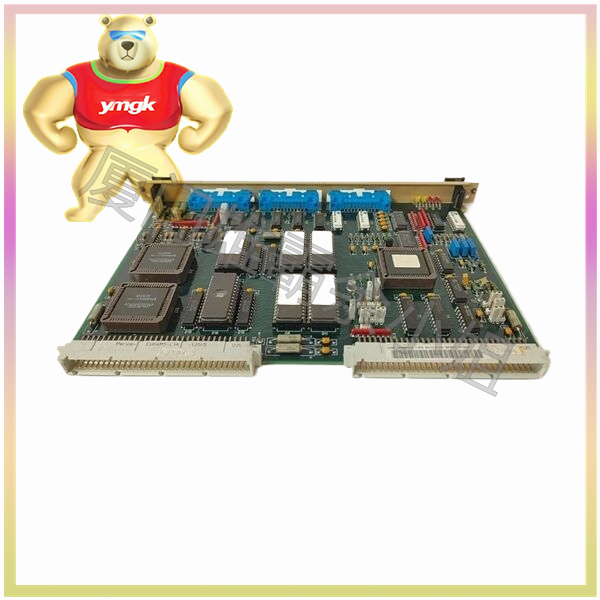
At present, it is almost difficult for a single power module to pass EMC experiments such as SURGE, EFT, CE, RE, etc. Although foreign products have long lifespans, high reliability, and good EMI control, their anti-interference performance is still not strong enough. Most switch mode power supplies are certified by UL and 3C, and their EMI performance is guaranteed. However, after modularization, they do not pass because of the EMI testing method. In order for the equipment to pass EMC testing, peripheral circuit design needs to be done well.
It is best to choose a power module with a power range of 30-80%, as its performance is generally stable and reliable within this power range. The level classification mainly includes commercial grade, industrial grade, and military grade, and different levels have different requirements for working temperature, vibration, humidity, etc. In order to ensure the long-term stable and reliable operation of the product, the actual application environment should be considered when selecting the product.

